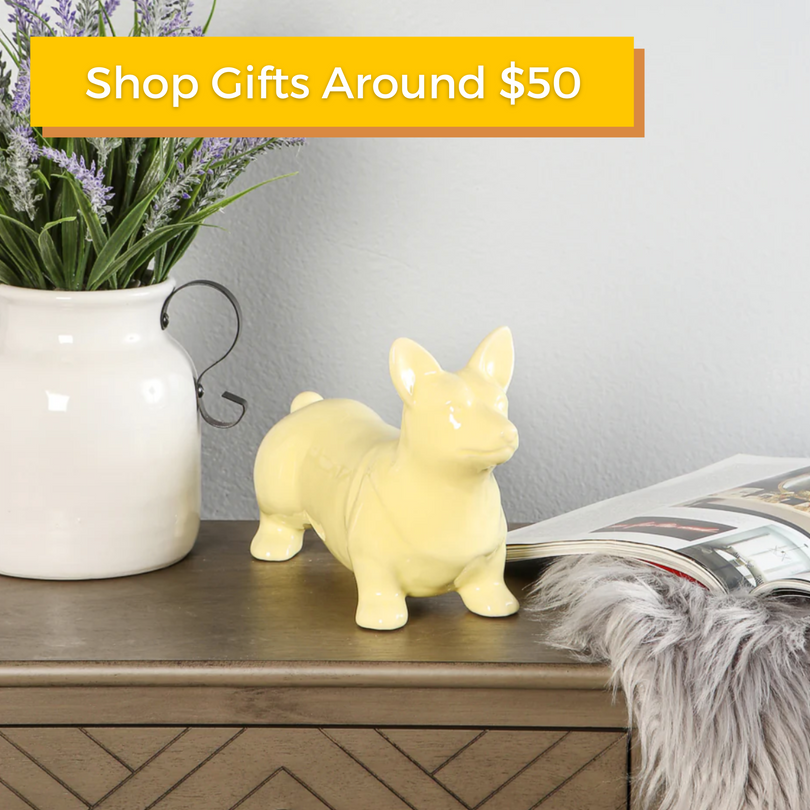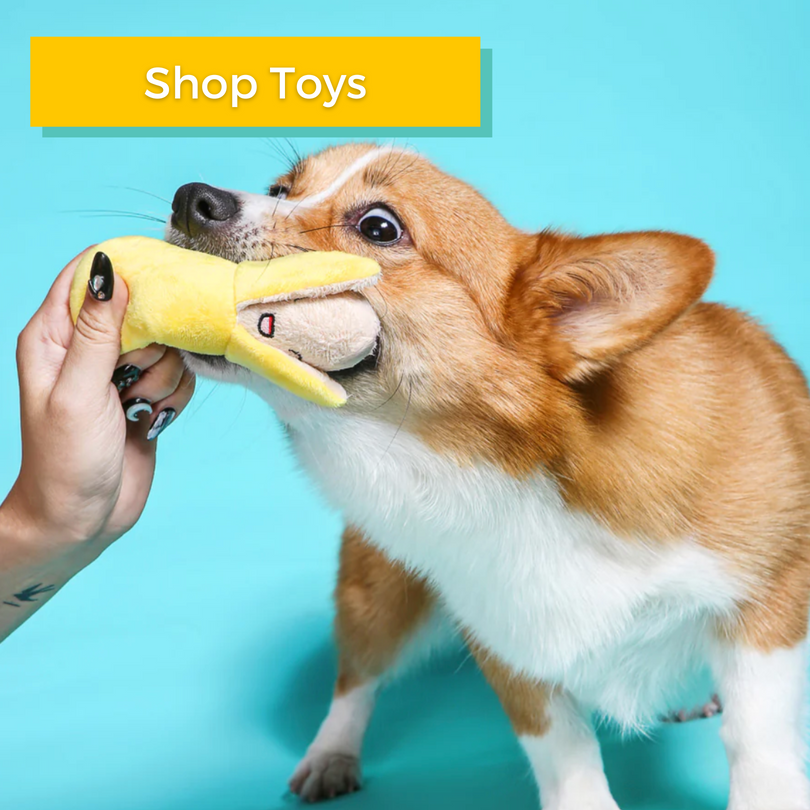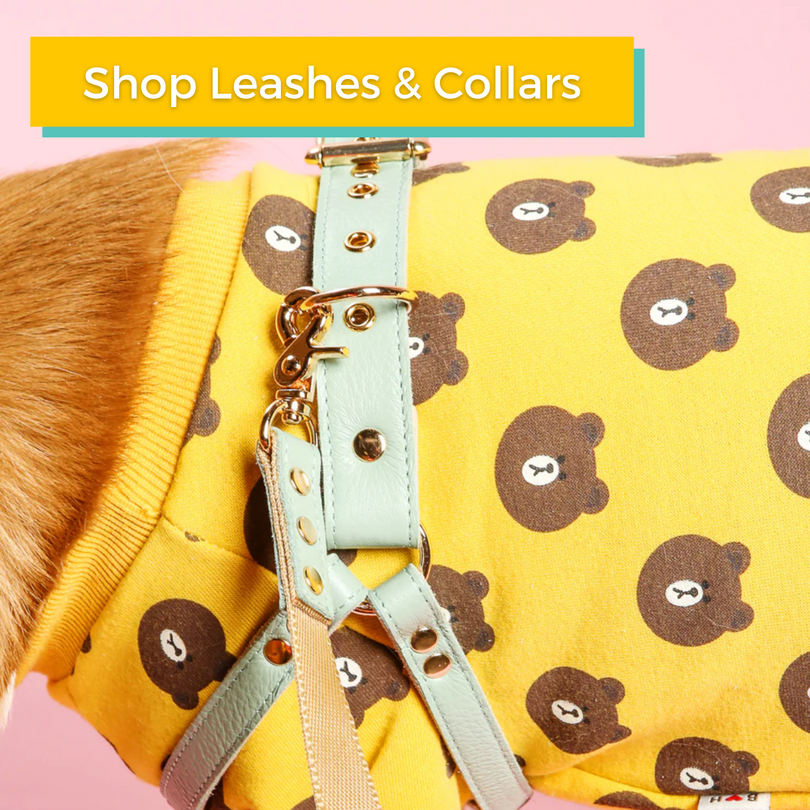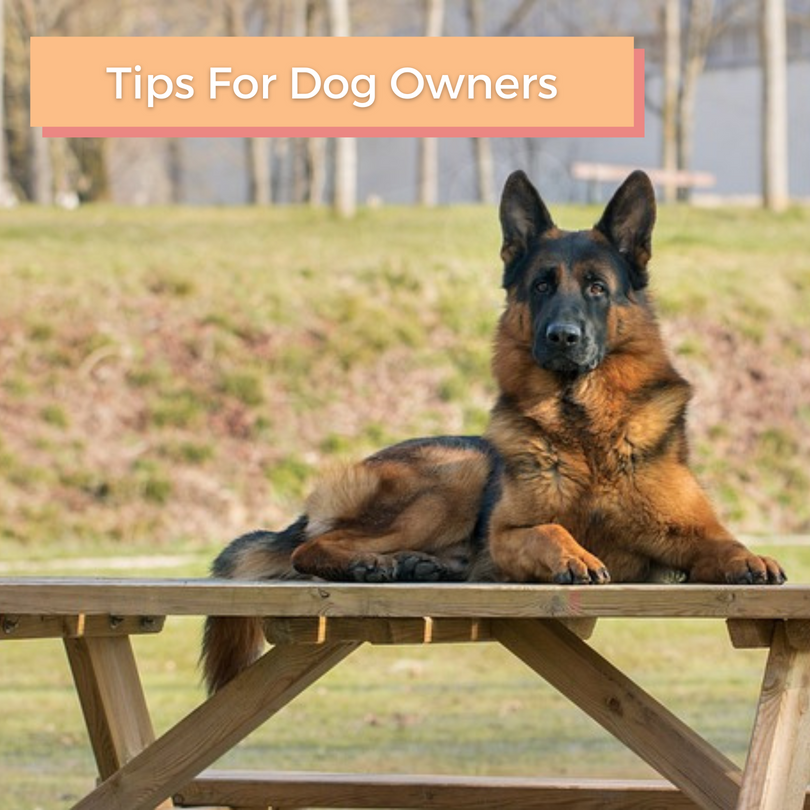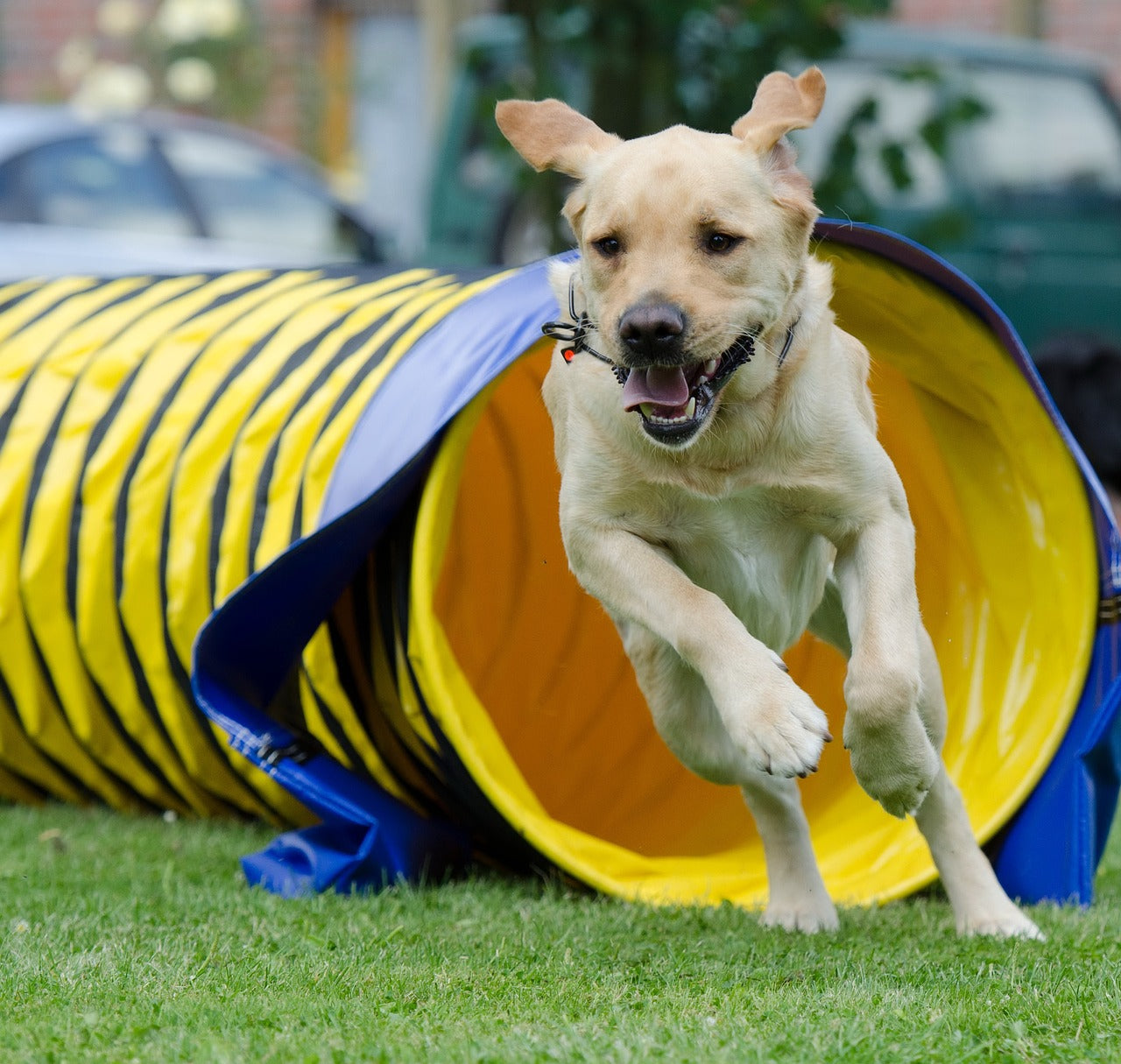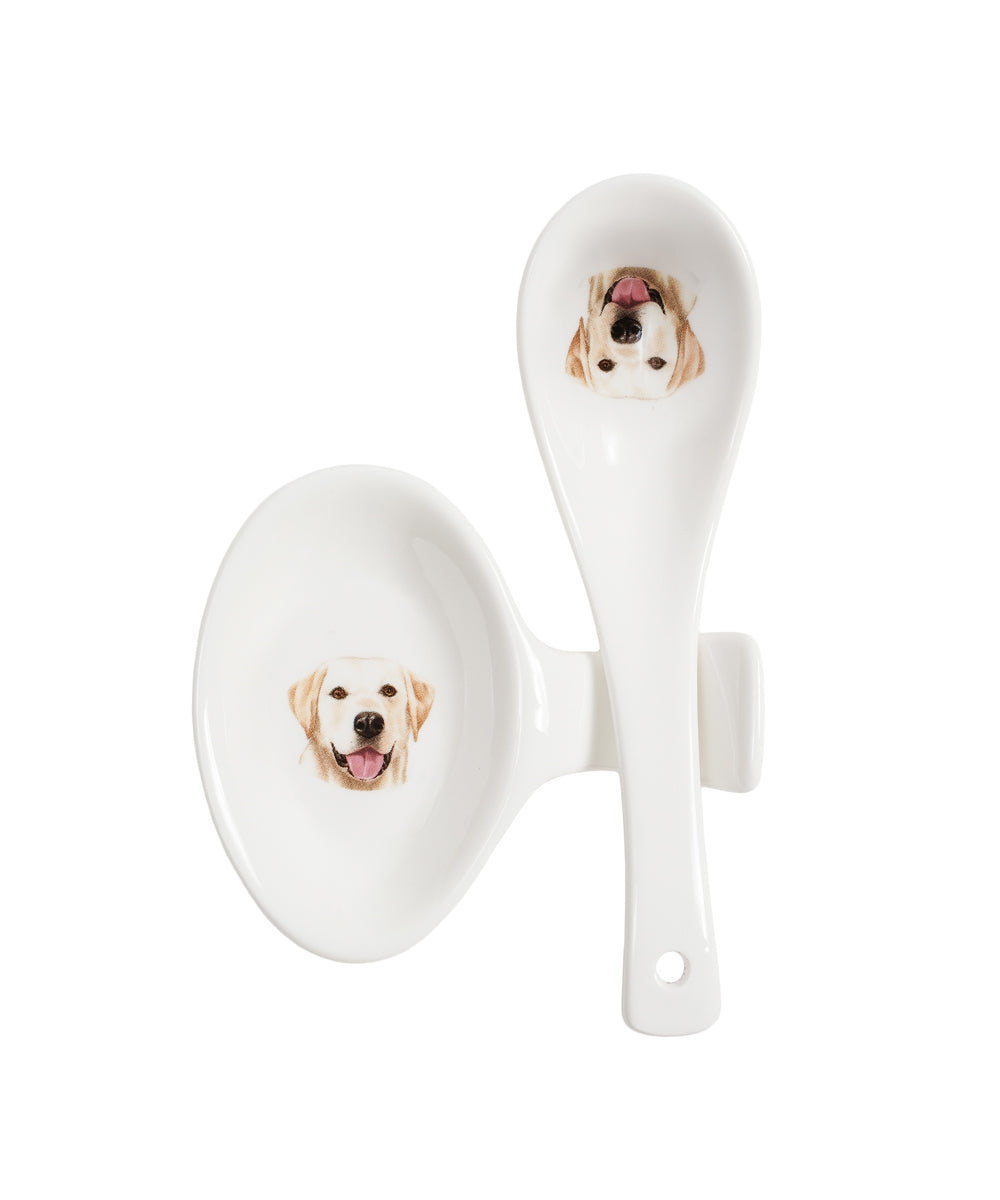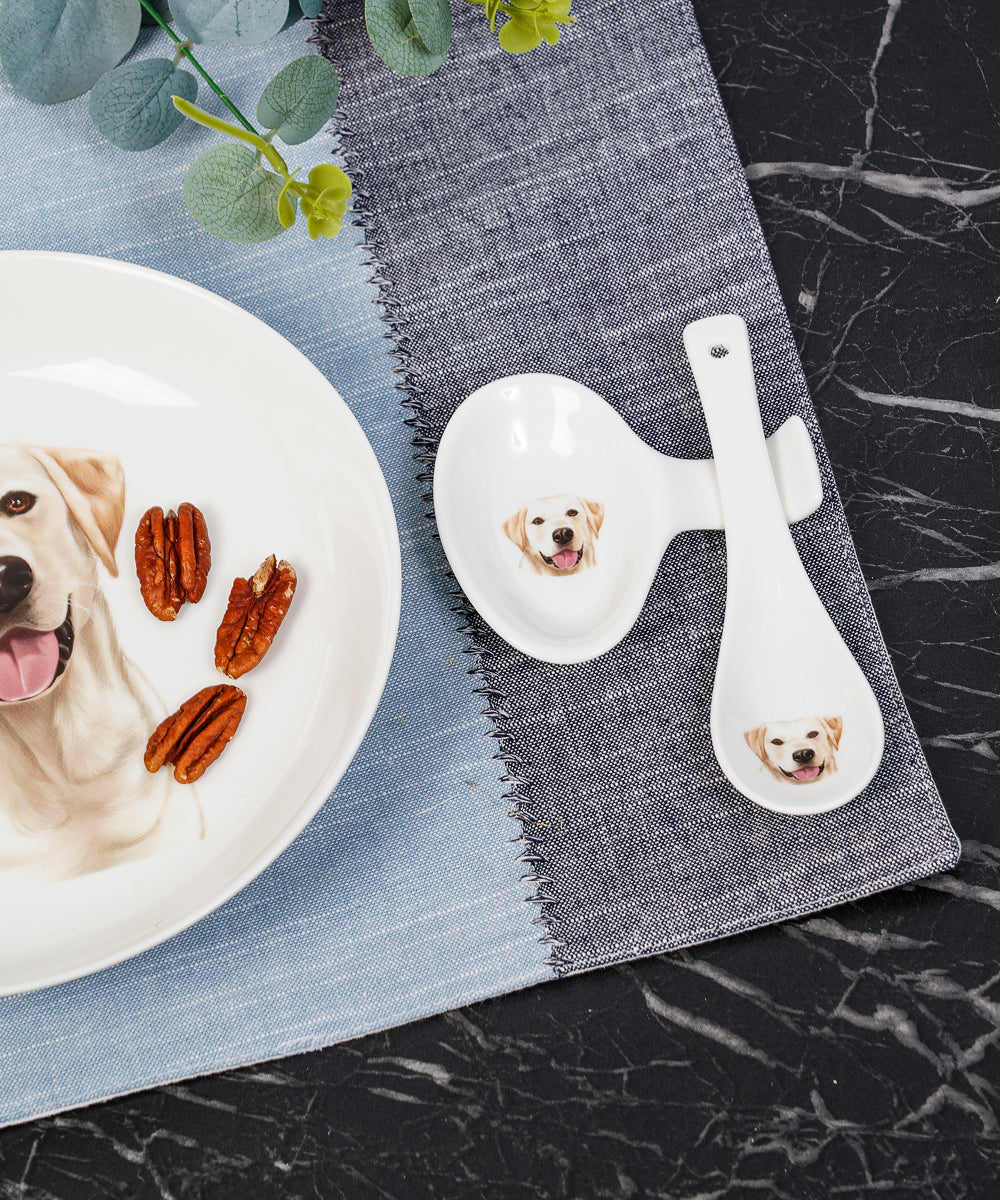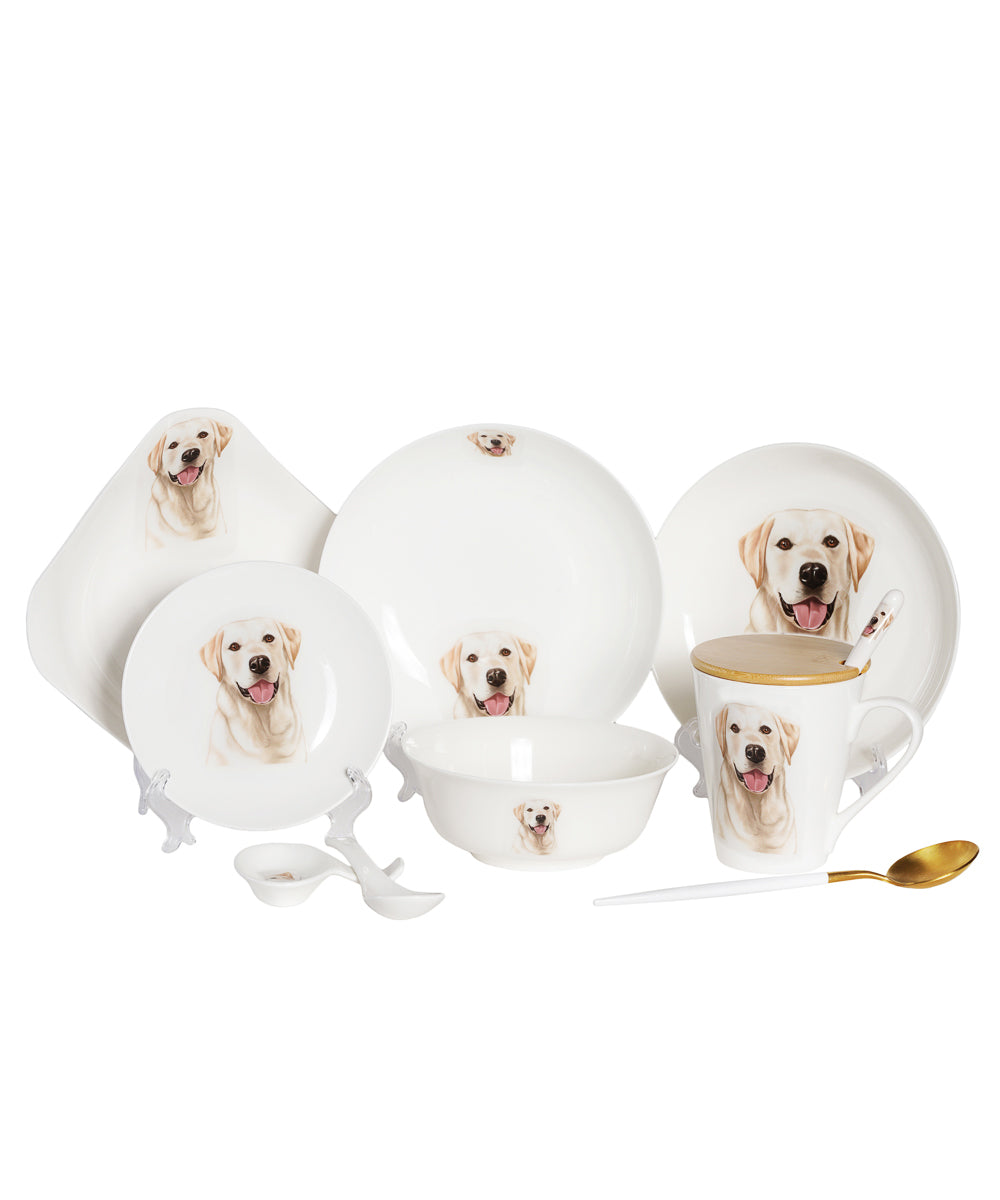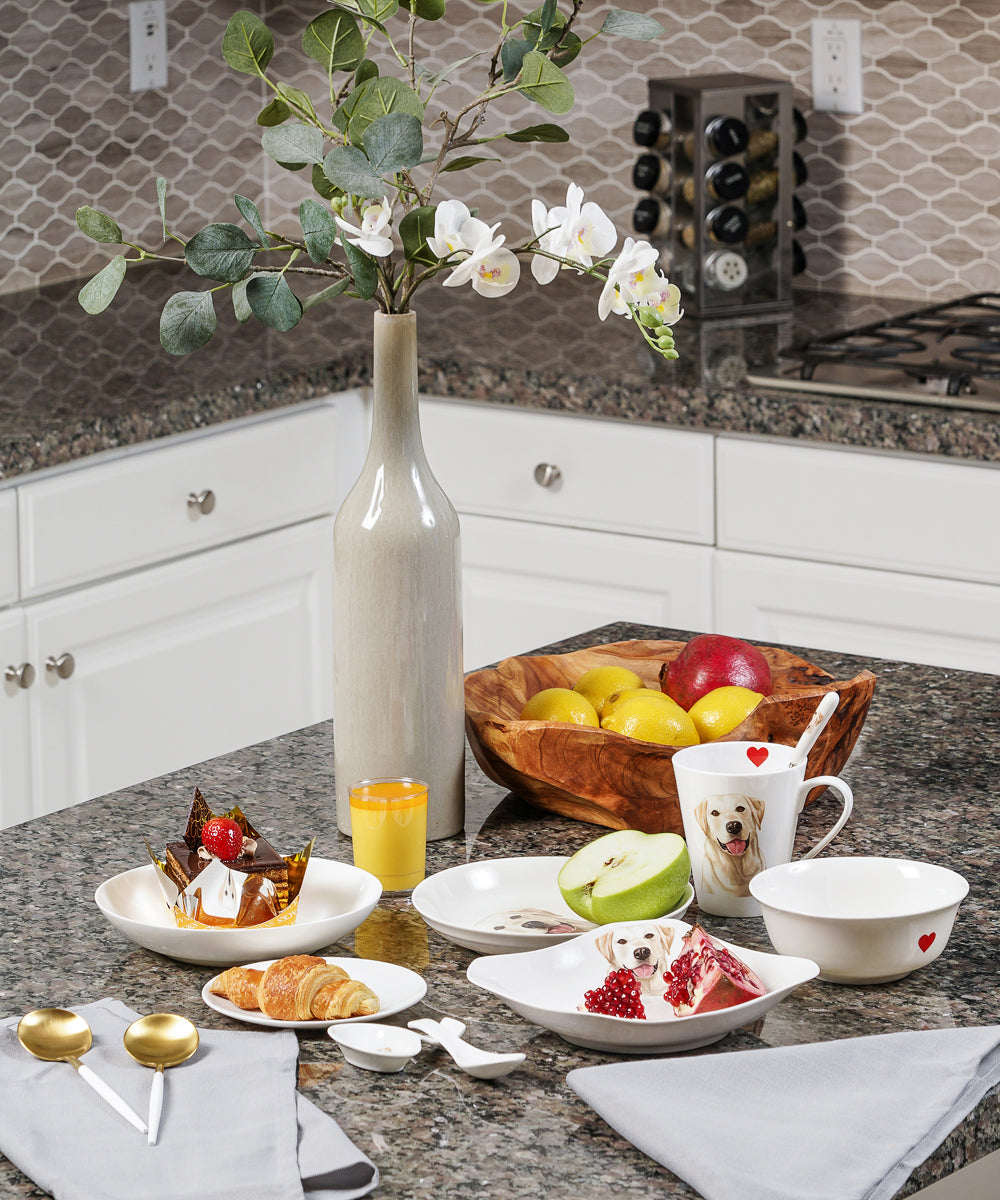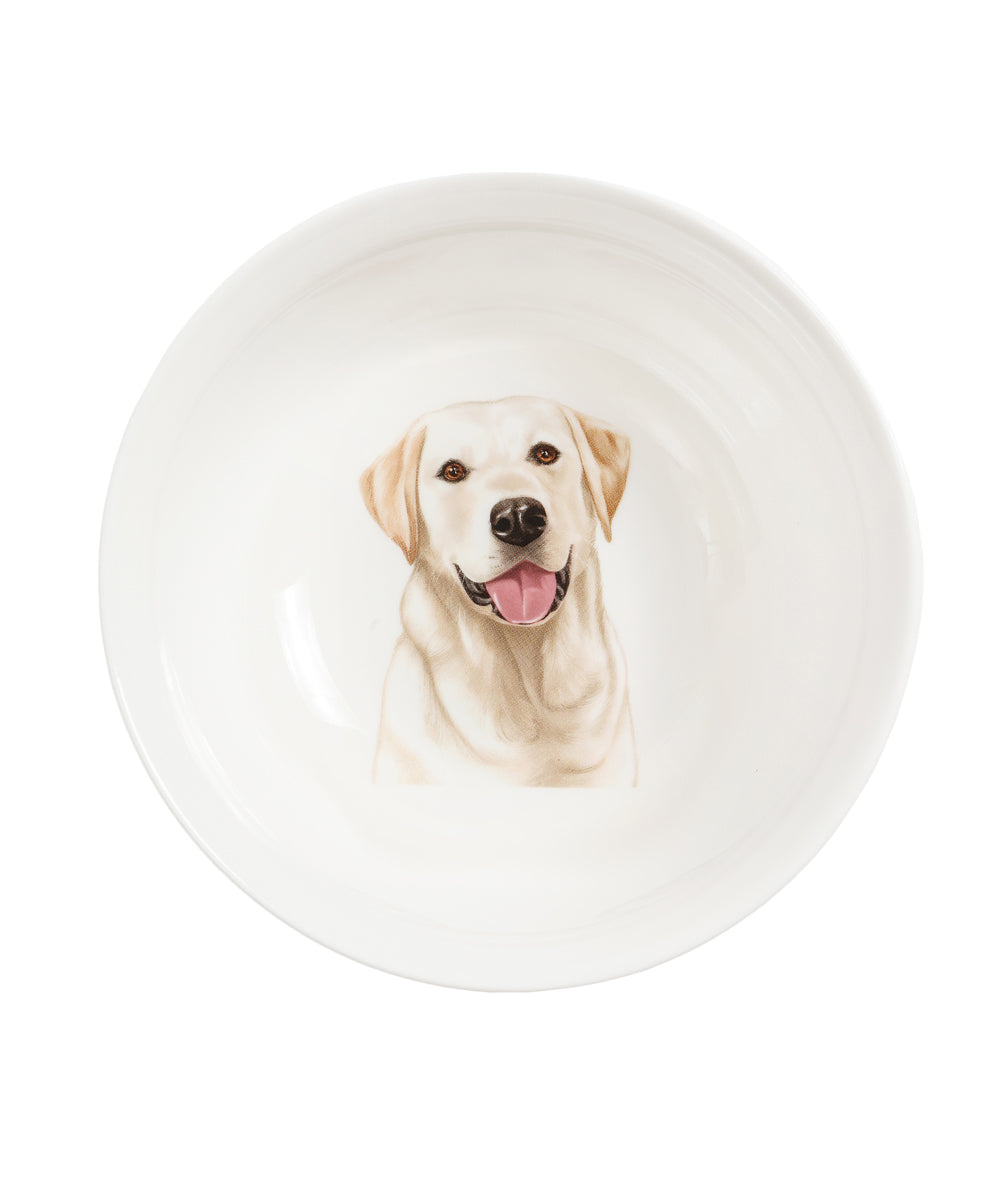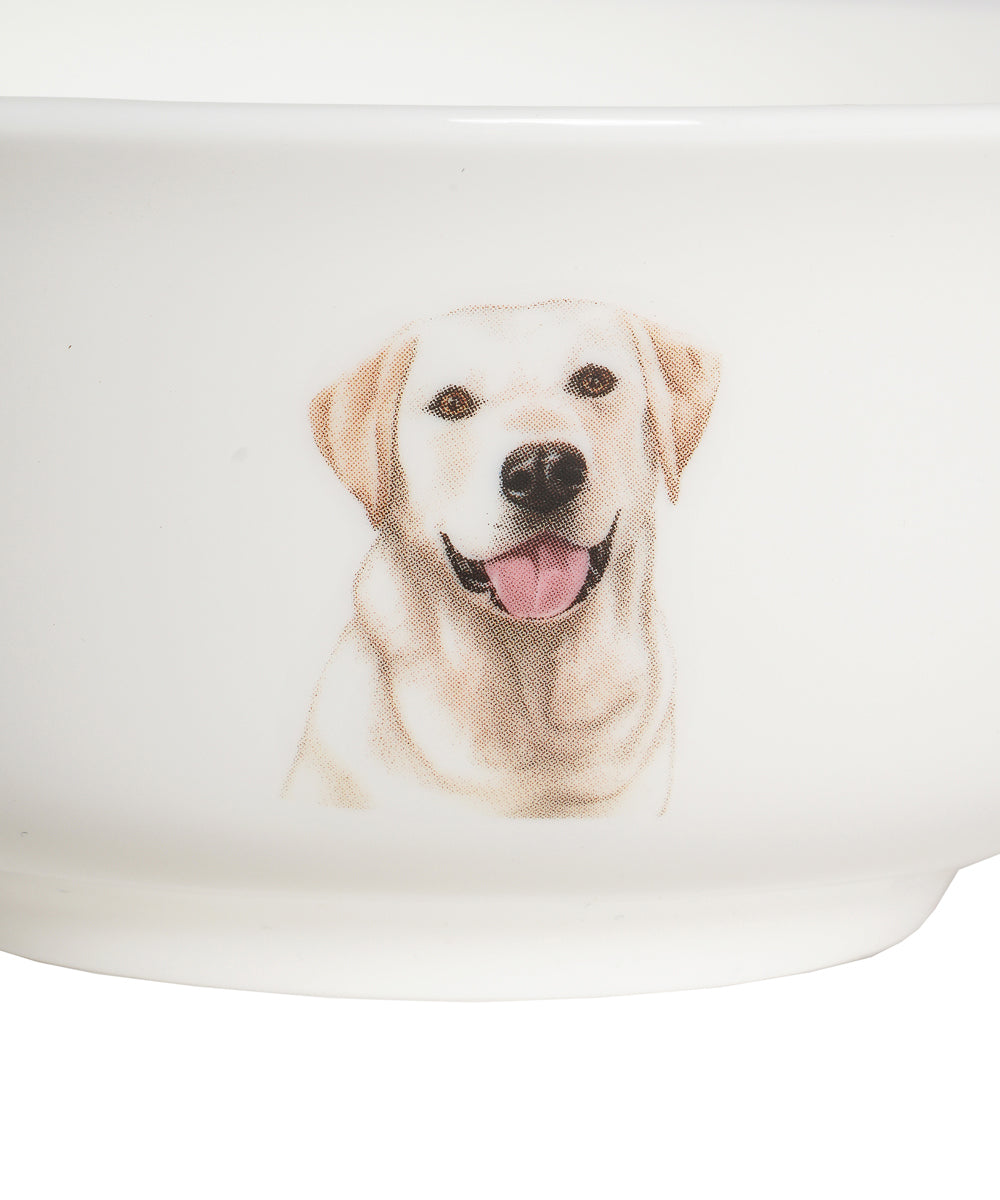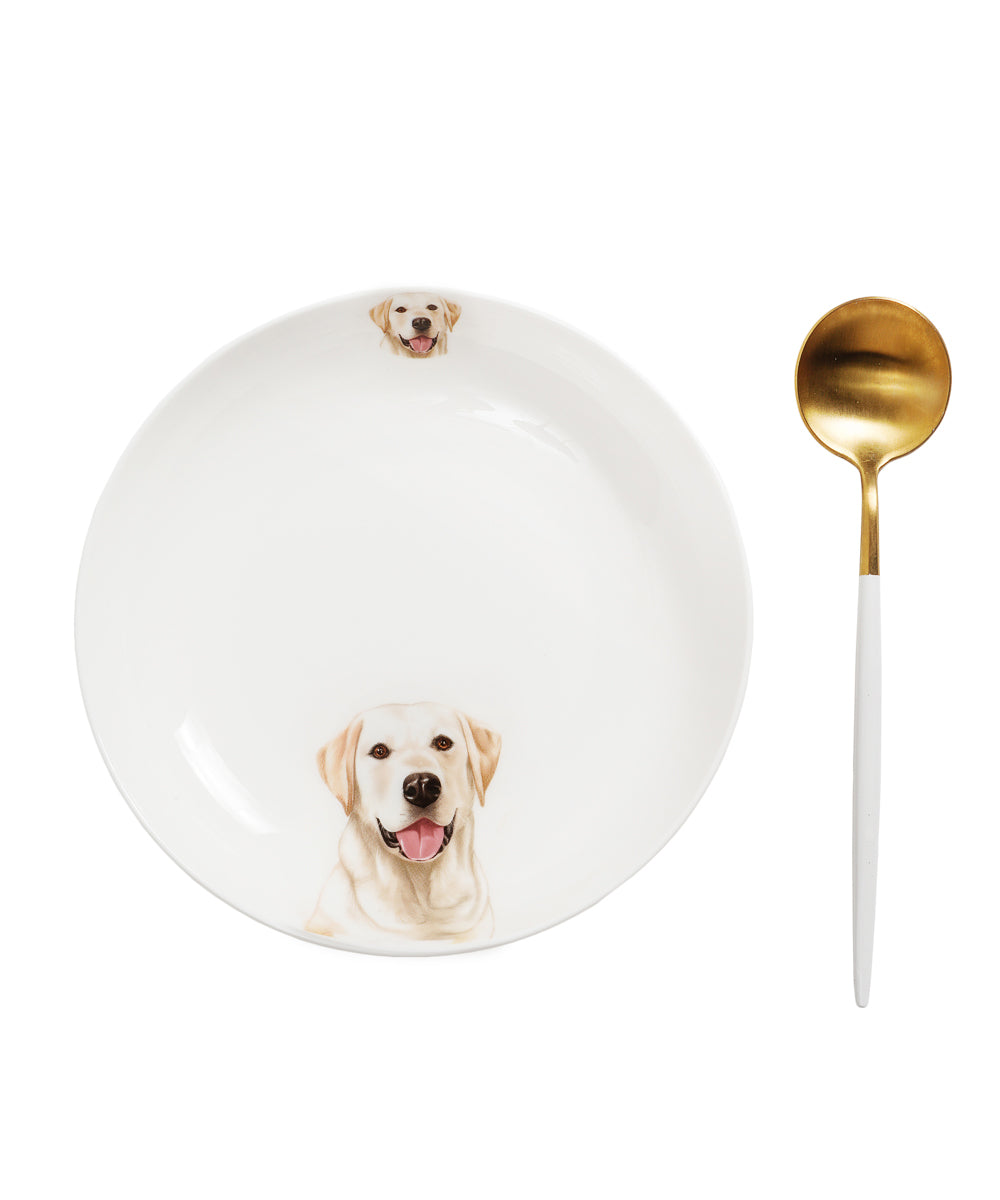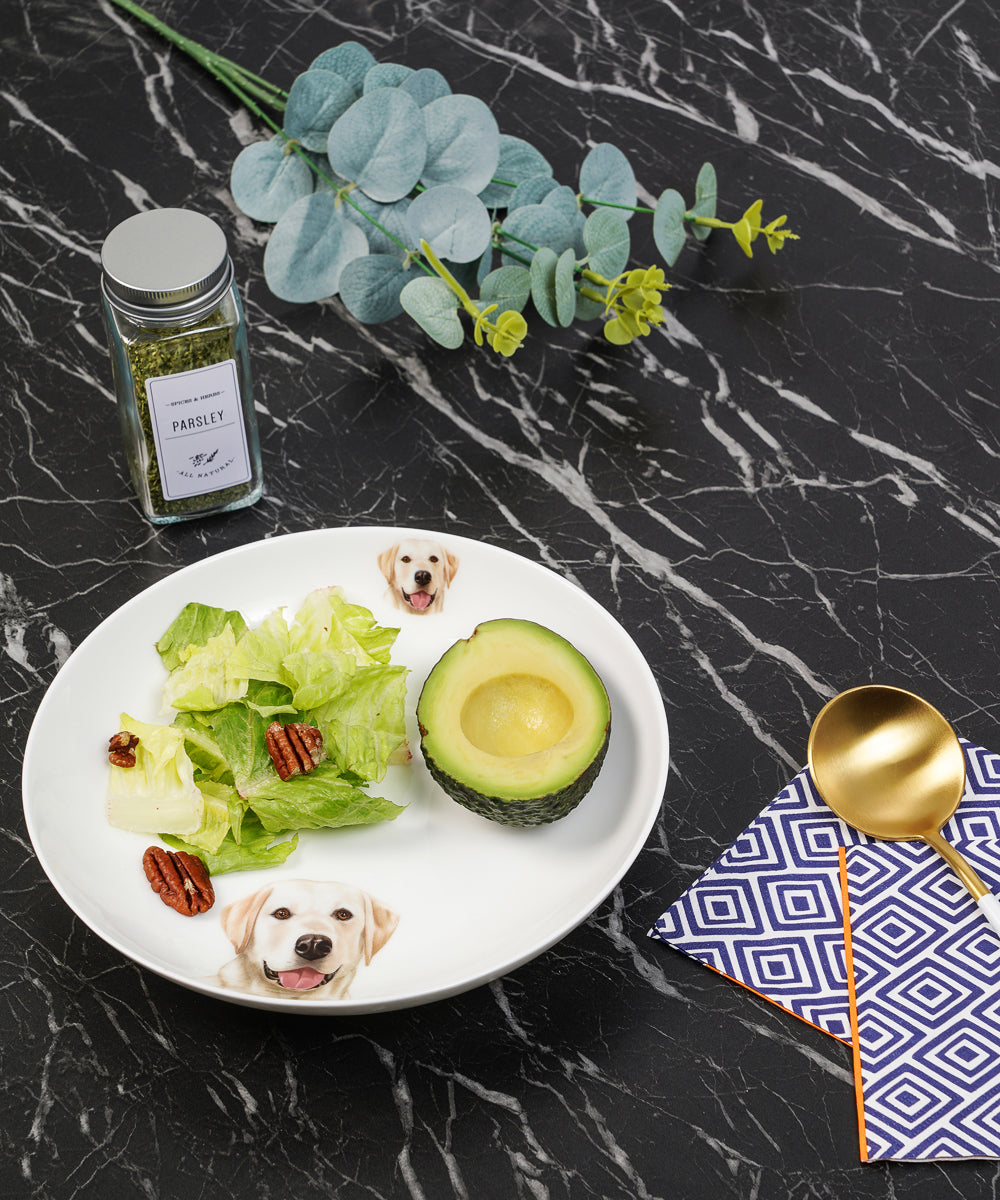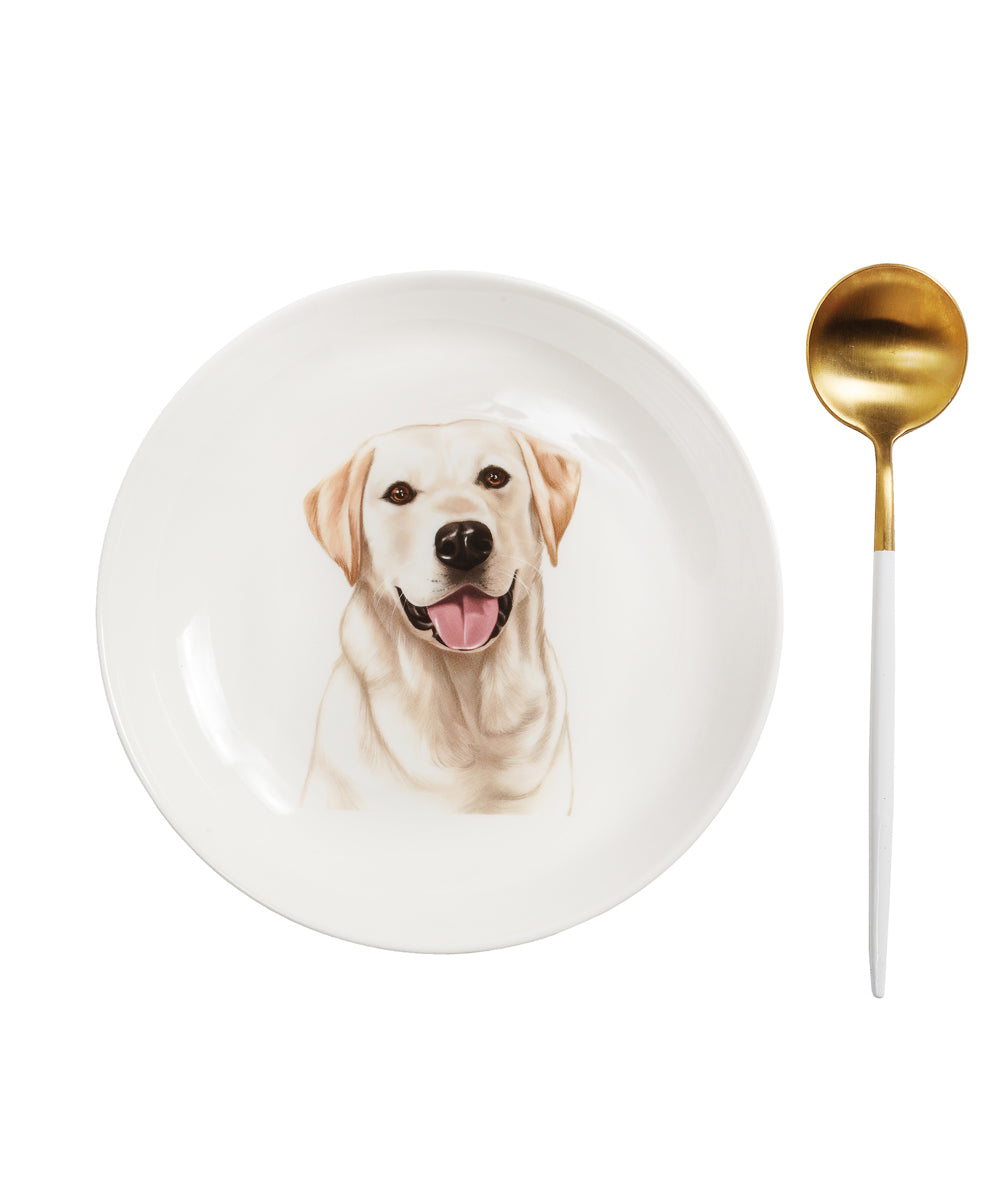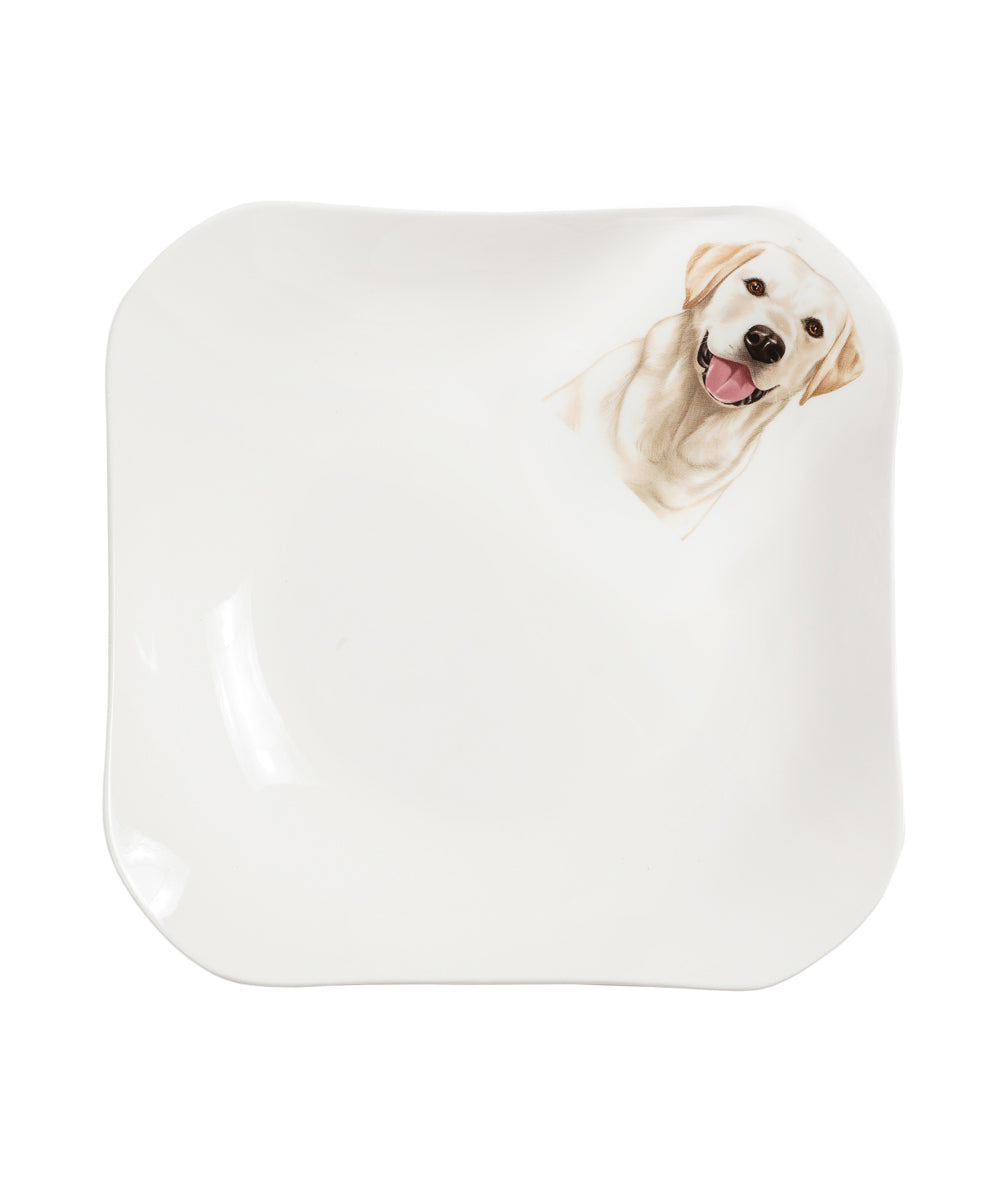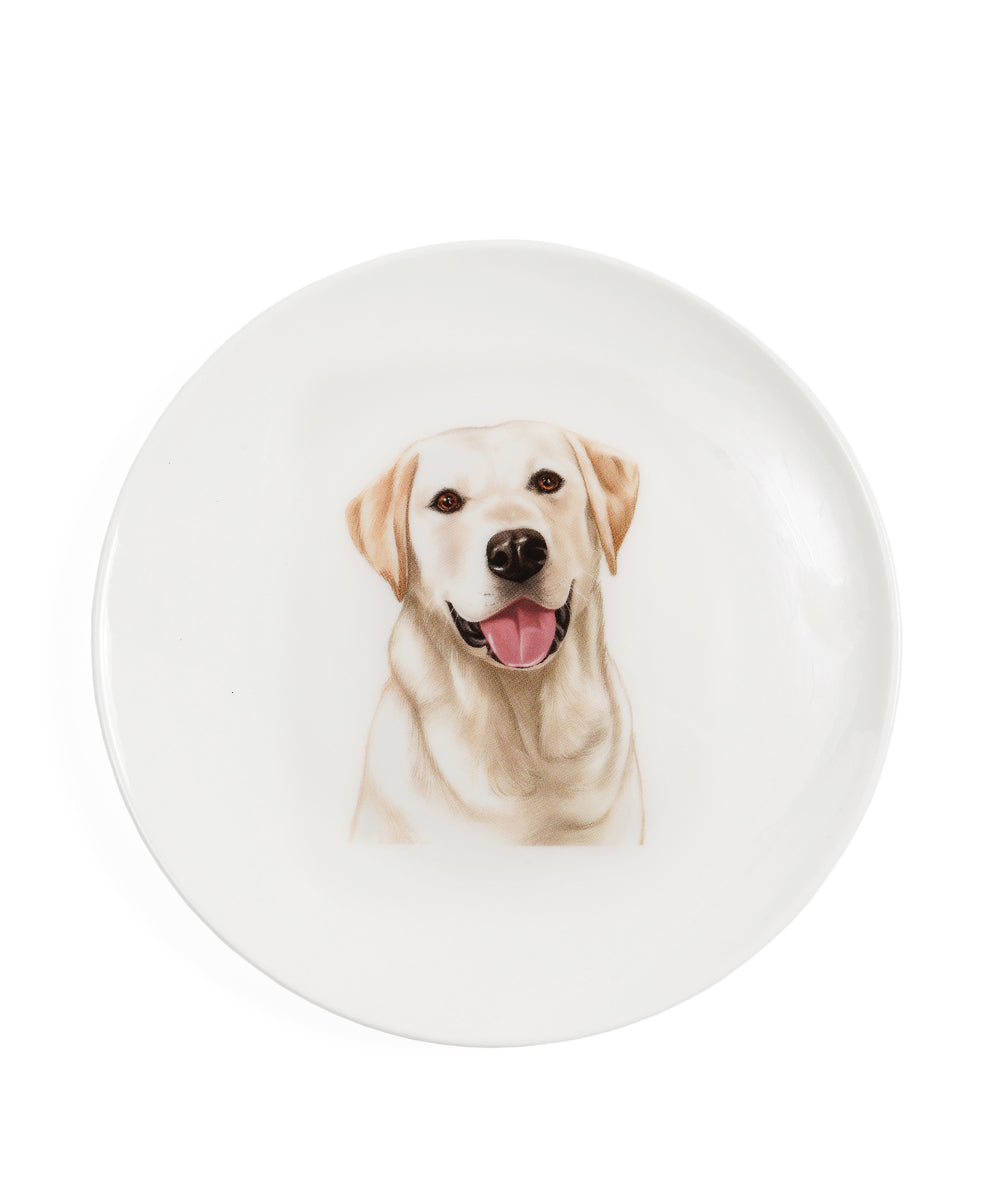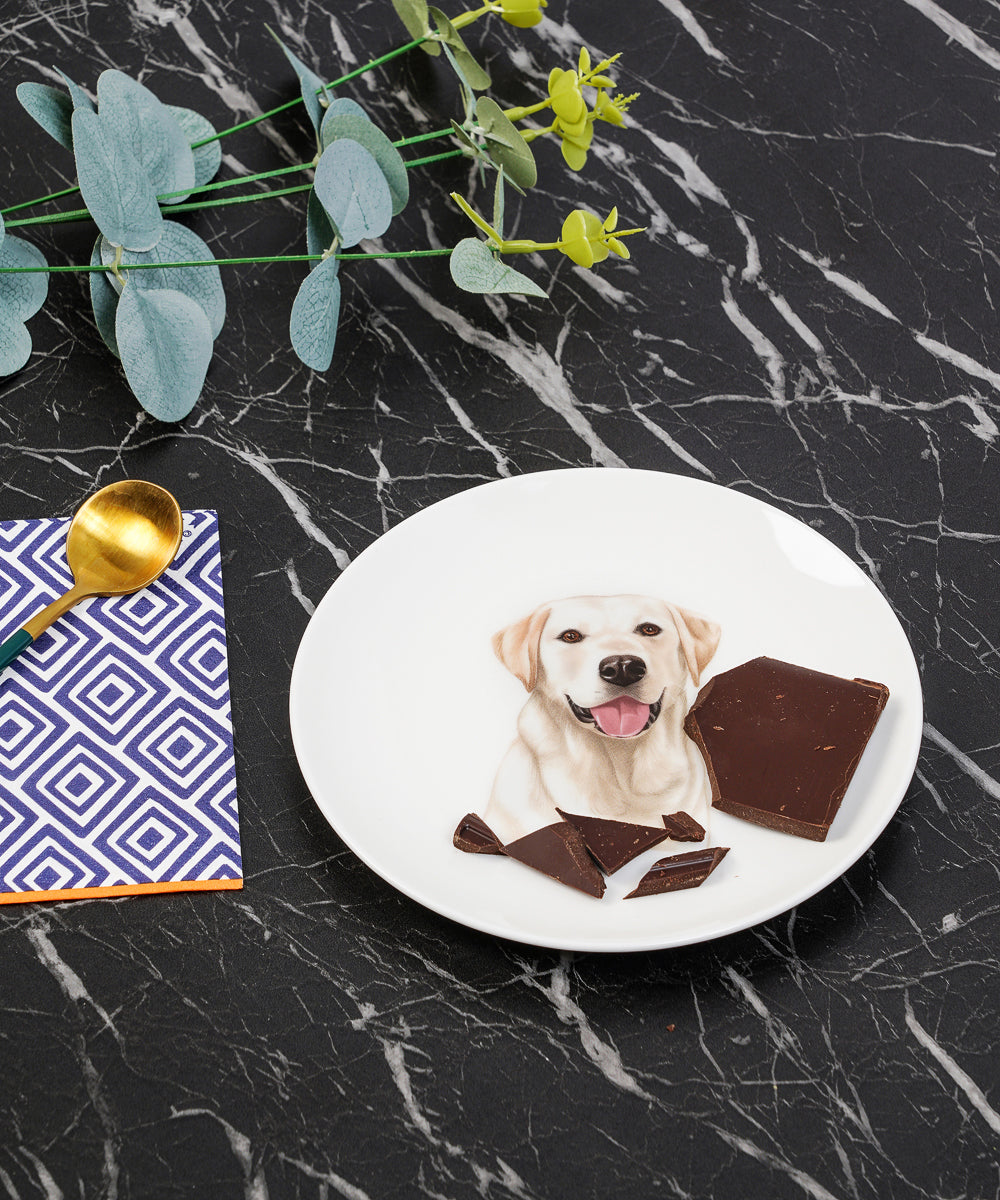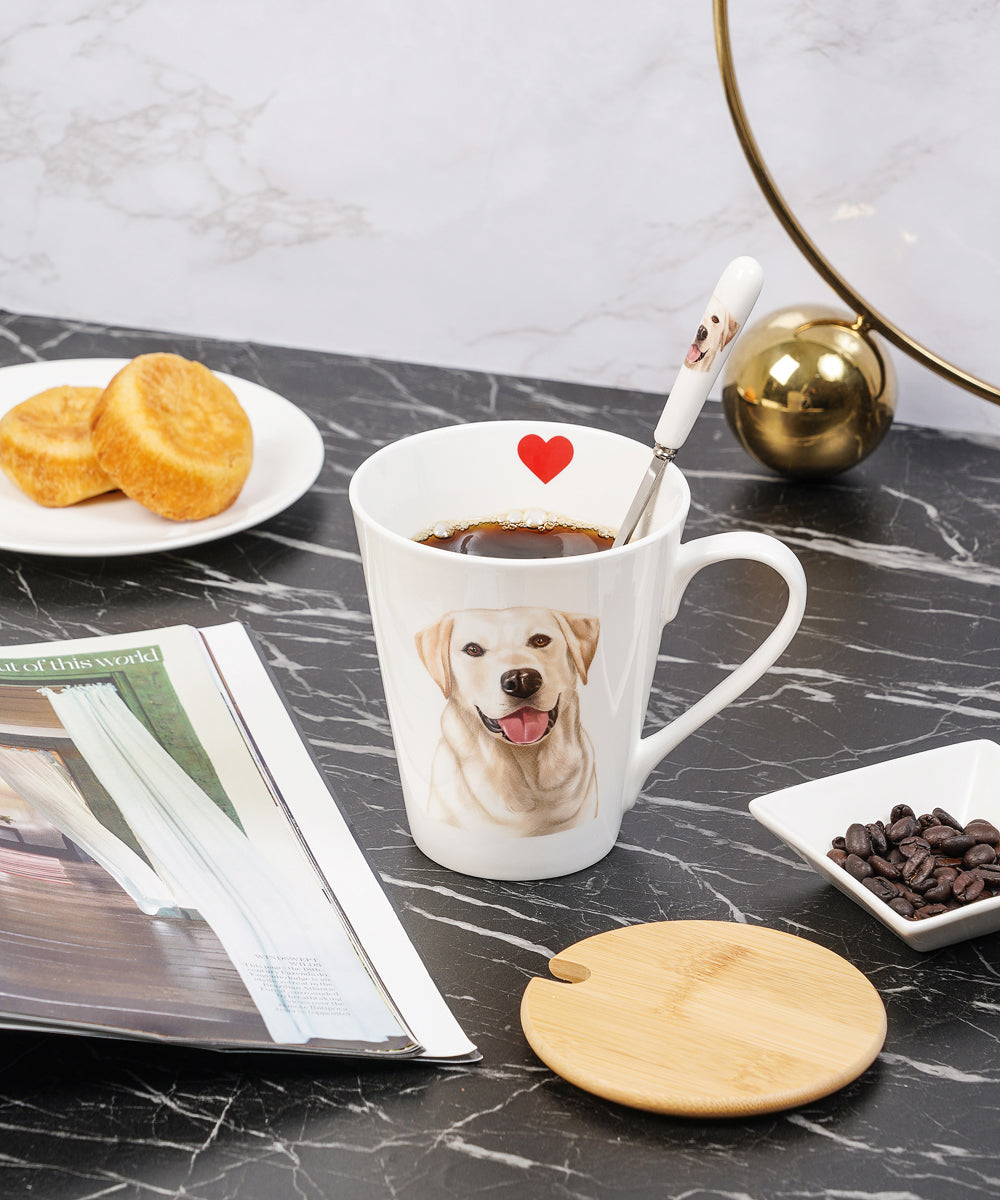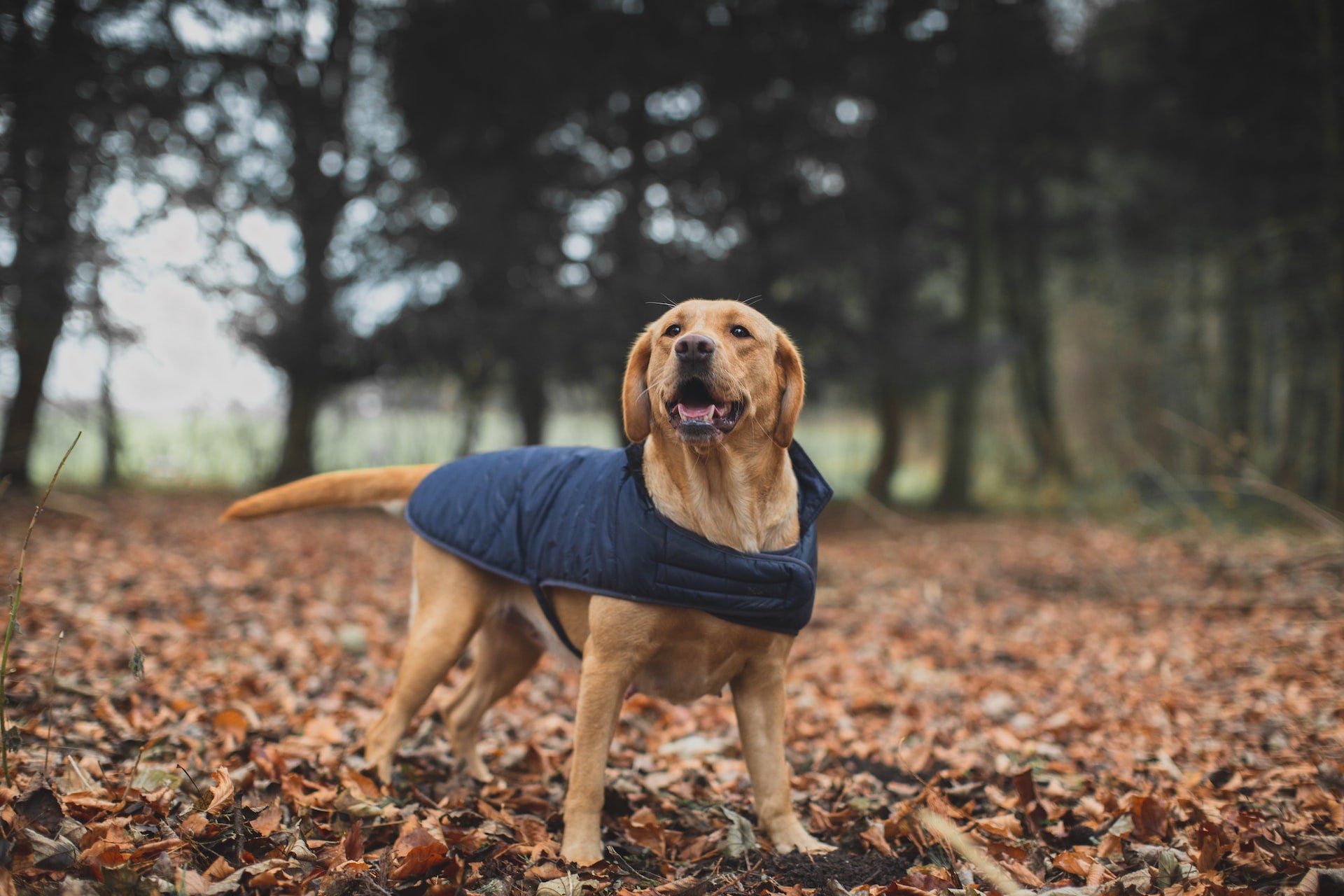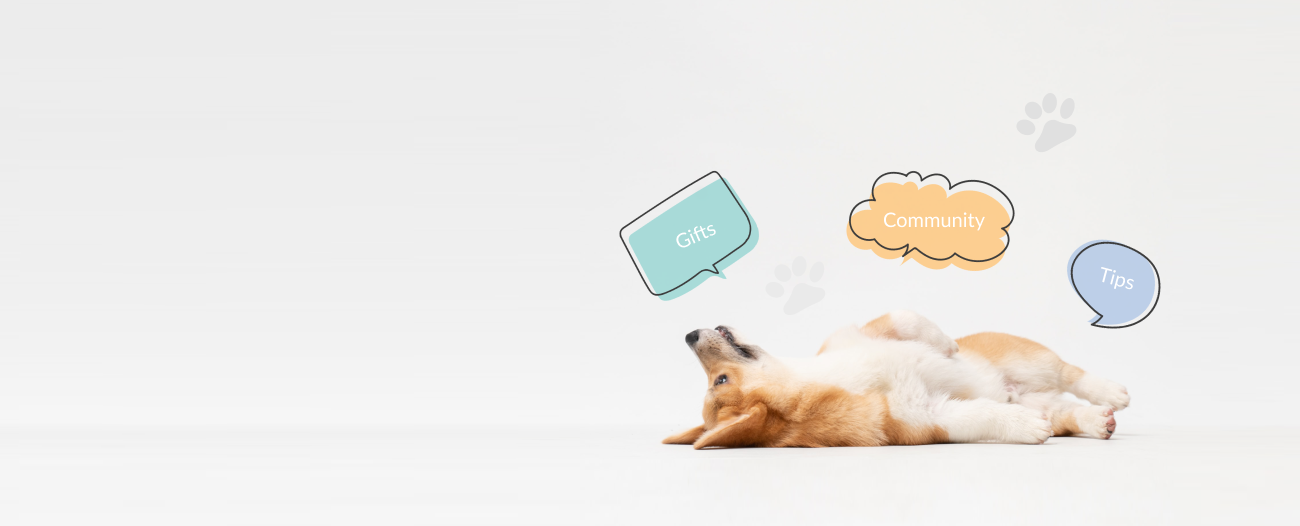When spending more time with your pets, obstacle courses shouldn't be out of reach. As luck would have it, you already have everything to set up a mini-course right at home. Most Labradors can partake, even if they have never trained before. There are a ton of easy skills that you could teach your Lab yourself. It won't take you long to look like a pro if you start with primary obstacles.
Find out how to get your Lab's obstacle course started in the rest of this article.
Essentials You'll Need

Standard agility equipment includes hurdles, tunnels, and weaves. You can go all out and use each component of competition equipment, or you can keep things simple and use a few key pieces.
Jumping Sets
If you and your dog are starting in the world of obstacle training, teaching them to jump is a terrific place to start. You may help your pal get started in the sport with simple equipment, including a laundry basket and a curtain rod.
Do you have any leftover PVC cups or pipes? You may use these to construct a challenging obstacle course for your dog at home. The best kind of jump to set up is one with adjustable rungs so that you may change the height depending on your dog's training level.
Weave Poles
Do you still have the little orange soccer cones your kids used to wear? These will work wonderfully as a weaving course for the canine obstacle course you have set up. You should arrange the cones as they would be for a pick-up football or soccer game.

Have you ever decorated your house for the holidays by employing poles that resemble candy canes? If so, how did it turn out? These poles usually do a great job and will do the same for your weave obstacle training. Although your dog towers over the cones, these lightweight poles will help him understand the weave.
Dog Tunnels
Although it can be challenging to construct a dog tunnel at home, a kid's playing tunnel can serve as a suitable substitute. These tunnels for children are available in various sizes; therefore, you should select one that is big enough for your Labrador retriever to fit through.
You could also use lawn chairs that have the seats turned so that they face outward and arrange them in two parallel rows. A blanket or sheet can be used to cover the chairs, and then insert a brick or boulder in each chair seat to keep the blanket raised and in place while the chairs are in use.
Labrador retrievers generally enjoy obstacle courses. Training should always be joyful and rewarding for you and your Labrador.

